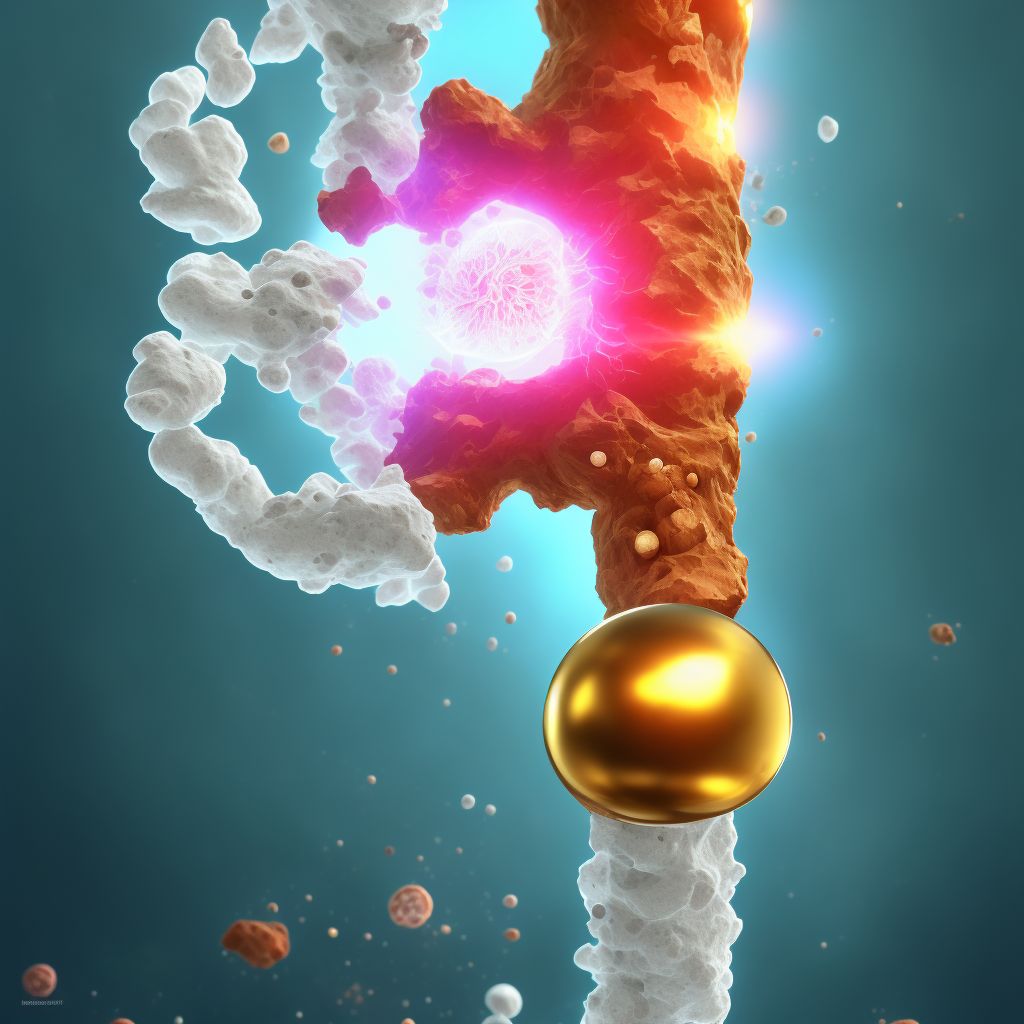
Displaced segmental fracture of shaft of right tibia, sequela Save
ICD-10 code: S82.261S
Disease category: S82.261: Displaced segmental fracture of shaft of right tibia
Displaced Segmental Fracture of Shaft of Right Tibia, Sequela
A displaced segmental fracture of the shaft of the right tibia is a severe injury that can result in long-term complications. This type of fracture occurs when the tibia bone breaks into multiple fragments, causing displacement and misalignment. When left untreated or improperly managed, it can lead to a sequela, which refers to the long-term effects or complications that arise as a consequence of the initial injury.
Common symptoms associated with a displaced segmental fracture of the right tibia include severe pain, swelling, deformity, and difficulty in bearing weight on the affected leg. Immediate medical attention is crucial to prevent further damage and ensure proper healing.
During the healing process, the bone fragments may not align perfectly, leading to a sequela. Some possible complications include malunion, where the bone heals in an improper position, resulting in deformity or functional impairment. Nonunion is another potential complication, where the bone fails to heal completely, leading to persistent pain and instability.
To diagnose a displaced segmental fracture of the shaft of the right tibia and its sequela, medical professionals may utilize imaging techniques such as X-rays, CT scans, or MRI scans. These tests help determine the severity of the fracture and the extent of misalignment or displacement.
- Malunion: This is a common sequela of a displaced segmental fracture. It can result in limb length discrepancy, joint stiffness, altered gait, and chronic pain.
- Nonunion: In some cases, the fractured bone fails to heal completely, leading to nonunion. This can cause persistent pain, instability, and limited mobility.
- Delayed union: In certain instances, the healing process may be significantly delayed, prolonging the recovery period and increasing the risk of complications.
It is important to note that treatment options for a displaced segmental fracture of the right tibia sequela may vary, depending on the individual case and the severity of the complications. Proper management typically involves a comprehensive approach, including surgery, physical therapy, and other supportive measures to promote healing and restore function.
Overall, a displaced segmental fracture of the shaft of the right tibia can have long-term consequences if not treated promptly and effectively. Seeking immediate medical attention and following the recommended treatment plan is essential to minimize the risk of sequela and achieve optimal recovery.
Treatment of Displaced segmental fracture of shaft of right tibia, sequela:
Treatment Options for Displaced Segmental Fracture of Shaft of Right Tibia, Sequela
A displaced segmental fracture of the shaft of the right tibia can be a challenging injury, often requiring prompt and appropriate treatment to achieve optimal outcomes. This type of fracture occurs when the bone is broken into two or more pieces, resulting in severe instability and potential long-t...
To see full information about treatment please Sign up or Log in